Best Selling Cars Around The Globe: How The Chinese Are Setting Themselves Up For Success (Part 5: Mature Markets)
This is the last Part of a 5 Part-series about how the Chinese car manufacturers are faring abroad.
You can check out Part 1 about Africa here, Part 2 about Latin America here, Part 3 about Eastern Europe here and Part 4 about Asia here.
The first 4 Parts in this series have shown Chinese manufacturers securing the less developed markets in each region as springboards to expand further. Less developed means smaller and less sophisticated but also less regulated as far as pollution and safety are concerned. These last two aspects have been the main barrier to the Chinese carmakers’ entrance in mature markets to date, and specific strategies have had to be developed to address this. This is why I am grouping all ‘mature markets’ in one article, independent of their geographic location…
The Chinese have learnt this the hard way back in 2007 when disastrous crash tests for the Brilliance BS6 and Landwind SUV meant these two carmakers and all other Chinese manufacturers that were seriously thinking about setting shop in these regions had to postpone their plans. 6 years later, manufacturing quality has improved and there are a few mature markets where the Chinese have started to make their mark, among them Australia, Italy and the UK. The launch of the new Qoros brand by Chery at the Geneva Auto Show earlier this year is another important milestone even though European sales of the brand will remain limited.
The main success story so far for a Chinese manufacturer in a mature market is Great Wall in Australia. You can see the full details in my article Australia: An interview with Daniel Cotterill from Great Wall. Great Wall launched there in 2009 and finished 2012 as #17 brand with sales up 27% to 11,006 units and 1% share, totalling over 30,000 to-date. Even though these figures seem small, it is actually one of the most successful car brand launches in the country in the past decade, as the market is already completely saturated with over 50 brands present, way more than in the US which is 14 times bigger…The Great Wall V-Series pick-up (aka Steed) is the first Chinese model to break into the Australian Top 50, finishing 2012 at #49 with 7,490 sales, up 35%.
One of the key factors in Great Wall’s success in Australia has been to embrace the brand’s provenance rather than hiding it. Both their slogan ‘The Great cars of China’ and strong positioning on price are unapologetic. The main element to remember here is that by focusing on sturdy workhorses, Great Wall is building itself a solid reputation of reliability under the harsh Australian climate which is at polar opposites with the likes of Hyundai when they first launched there, as evidenced by the healthy amount of repeat business the brand is already experiencing. Chery, Geely and Foton are also present in Australia but not successful at this stage.
Italy is the only mature market to assemble Chinese models. Chery cars are assembled by the DR Motor Company since 2007 in Macchia d’Isternia, North of Naples. The range is composed of the DR1 (Riich M1), DR2 (Chery Kimo) and DR5 (Chery Tiggo) however sales dropped 76% from 2,938 in 2011 to just 710 in 2012.
Great Wall also imports in Italy which became the first Western European country to welcome a Chinese model within its monthly Top 50 in December 2011 when the Great Wall Hover ranked #32. This was a freak event though as it seems Great Wall sold all their stock that month to dealerships but continued to sell to consumers all through 2012 even though official sales figures were down from 1,675 in 2011 to just 10 (!) in 2012.
The UK is the third mature market where the Chinese are gaining valuable experience. MG, now owned by SAIC, was reintroduced there in 2011 with the MG6 albeit with disappointing results: the model ranked only with 772 sales for its first full year in 2012 and is down 82% over the first Quarter of 2013. Inspired by its Australian success, Great Wall soft-launched there in 2012 with the Steed pick-up and finished the year as #15 LCV brand with 476 sales and 0.2% share, and selling 226 units so far in 2013. Very small numbers still but the footprint is there.
Another angle Chinese manufacturers are starting to pursue is the delivery of electric public transport to big metropolitan cities. BYD is set to deliver 50 of its electric hatchback e6 to operate as London taxis while the first batch of 45 e6 has now arrived in Hong Kong, and will start manufacturing electric buses in California later this year. But the biggest development in that area happened last February when Geely acquired iconic London Taxi maker Manganese Bronze. Geely was already manufacturing and selling the London Taxi in China as the Shanghai Englon TX4 and is now looking into developing an electric version.
The last element of the puzzle of Chinese carmakers in mature market is a rather puzzling one indeed. The new company Qoros is a joint-venture between Chery and Israel Corporation which was created in 2007 and has put together a European team of motoring executives and experts with extensive experience from mainstream brands to lead it. Gerd Volker Hildebrand, creator of the modern Mini design, came up with the first Qoros model, the Qoros 3, which was unveiled at the Geneva Motor Show earlier in the year along with two concept cars announcing the future of the brand.
Qoros sales will start later in 2013. However, far from announcing the long-dreaded large scale invasion of Europe by Chinese manufacturers, Qoros say their main target is… the Chinese market, where consumers like buying European products but don’t like diesel. As a result, no diesel motorisation is planned in any of the future models, which considerably reduces their appeal in Western Europe, and Qoros predicts that only 10% of its sales will actually be in Europe. Its price point between 16,000 and 20,000 euros place it well above the budget brands currently selling like hotcakes there, but could be an interesting test to see whether European consumers are ready to buy ‘expensive’ Chinese cars.
Last bit of information, all Qoros cars will be made in Changshu in China, in a new factory that will initially have a 150,000 cars/year capacity, with the possibility to extend to 450,000/year. Not a single Qoros will be made in Europe. So in other words, Qoros is a Chinese brand that wants to sell European-designed models made in China to Chinese consumers thinking they are buying a European car. Tricky.
This concludes our series about Chinese carmakers abroad. I hope you enjoyed it!
More by Matt Gasnier
Latest Car Reviews
Read moreLatest Product Reviews
Read moreRecent Comments
- VoGhost "compliance EVs" - so typically Posky. Come on, Matt, come clean about what Big Oil is paying you already.
- VoGhost Great to see leadership from Washington in supporting American businesses and job creation.
- VoGhost Oh, Mattie, I am BEGGING you to take a course in economics. There's probably a community college near you offering courses for free or very cheap. Seriously, people this ignorant of basic economics really should not be writing this drivel. Stick to what you know: pimping for big oil.
- 2manyvettes I was a computer instructor in a local technical college for some years teaching Windows OS and Micosoft Office. Not long before I retired I purchased a Mac Book Air laptop. It didn't take me long to learn the Apple OS and the first thing I learned was the lousy job Microsoft did ripping off the Apple software. I purchased Microsoft Office for Apple at the time and discovered when Apple upgraded the OS to 64 bit and my 32 bit Office software would no longer run on the laptop, that embedded in the Apple OS was software that could open any Office file and could save any file in Microsoft file format. I have always felt if Apple sold product at PC prices they would put Microsoft out of business. Oh, and I bought my Mac ten years ago and still runs like brand new. Effect on Rivian? Who knows? Based on my experience with their technology, it could be interesting.
- Spectator This was an amazing vehicle. Back then Acura knew how to make a plush and comfy seat!























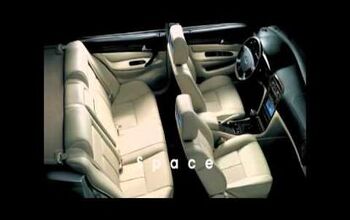


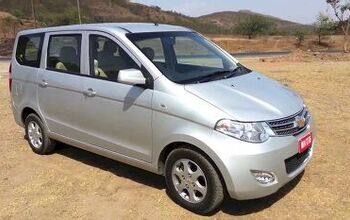

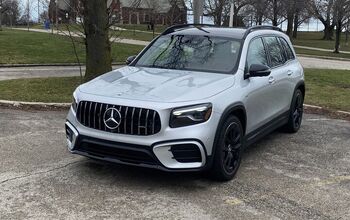
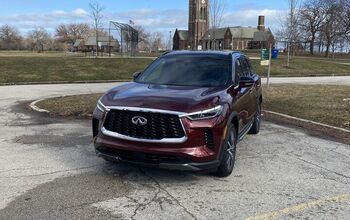

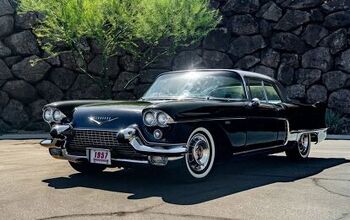
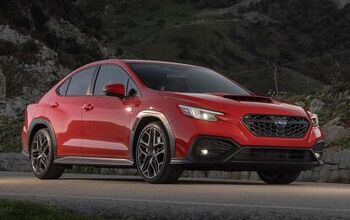
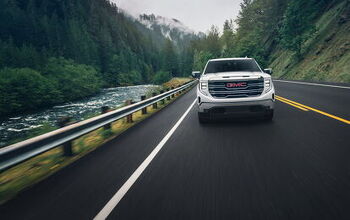
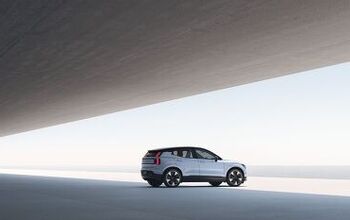
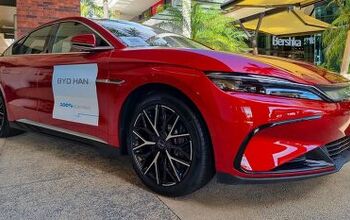
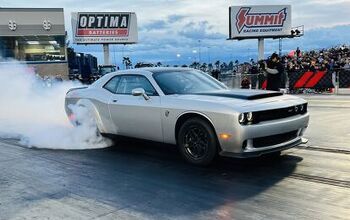
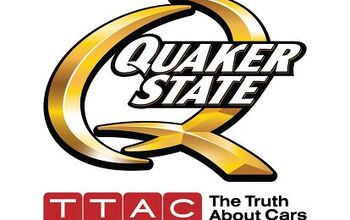
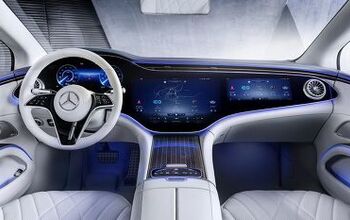
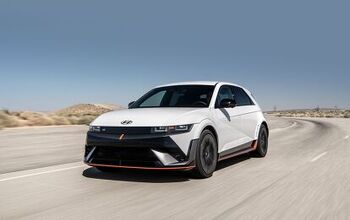
Comments
Join the conversation
"Less developed means smaller and less sophisticated but also less regulated as far as pollution and safety are concerned. These last two aspects have been the main barrier to the Chinese carmakers’ entrance in mature markets to date..." I would say the main barrier to market acceptance of Chinese cars in mature markets is the existence of a large selection of used cars. In developing markets, the number of cars on the road has increased rapidly over the past few years, so I expect the selection of good used cars is more limited. Also, it wouldn't surprise me if customers in developing markets see cars as an aspirational purchase, so they would be less keen to buy used. Here in Canada I expect many people that shop for less expensive cars just want something to drive to work, and couldn't care less about being seen in a used car. Although Chinese manufacturers *can* build quality products when they are driven that way, many people (myself included) still view a "made in China" label as a bug, not a feature - so the Chinese products will have to be considerably cheaper than the competition. But I'm not sure how much of a cost advantage the Chinese really have these days. Apparently direct labour now costs more in China than Mexico*, and logistics costs would be higher shipping cars to North America from China. These days, I think it makes more sense to build low cost products in cost to market regions near major markets - Mexico for North America, Eastern Europe for Western Europe, etc. In Canada the only Chinese made car I'm aware of is the current Honda Fit, and it isn't exactly setting the sales charts on fire - although in fairness, this is probably because a Civic, Cruze, Elantra, etc can be had for not much more money. Honda doesn't exactly advertise the Chinese origin of the Fit - people buying it are buying a Honda, not a Chinese car - so it probably isn't doing much to improve the image of Chinese cars here. ______________________ *reference: http://www.reuters.com/article/2013/04/04/economy-mexico-wages-idUSL2N0CR1TY20130404
SAIC has 400 workers at the former Rover Longbridge plant in the UK. They have been selling the MG6 for a couple of years now and are averaging 12 cars per month. What's the ROI on that? Cheaper to send everyone home and give them away!